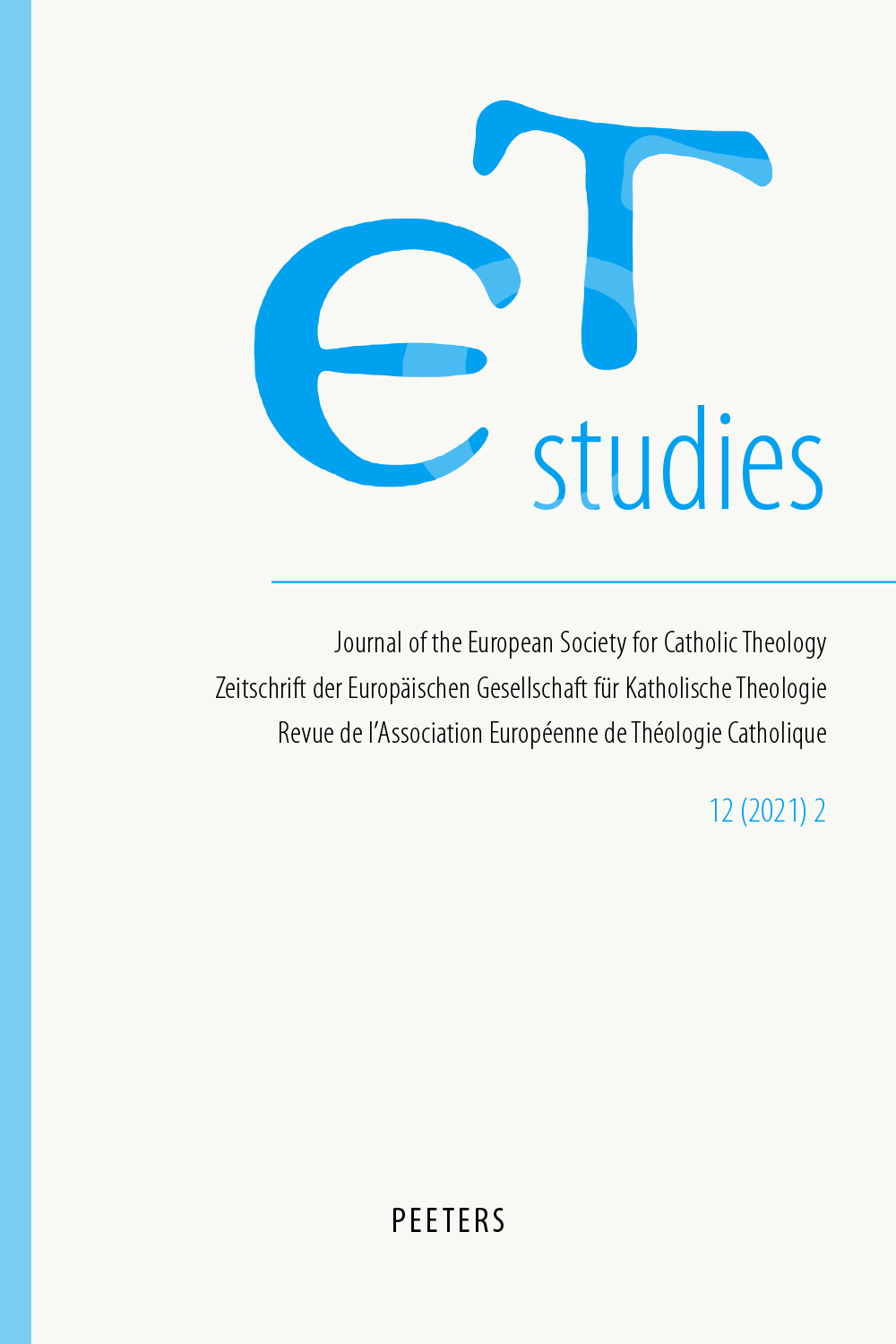 previous article in this issue previous article in this issue | next article in this issue  |

Preview first page |
Document Details : Title: Plusquam ancilla theologiae Subtitle: Was die Kirchengeschichte zu aktuellen Reformdebatten beitragen kann Author(s): WOLF, Hubert Journal: ET-Studies Volume: 10 Issue: 1 Date: 2019 Pages: 23-43 DOI: 10.2143/ETS.10.1.3286037 Abstract : Kirchengeschichte ist ein eigenständiger theologischer Erkenntnisort und als solcher vor wichtigen Entscheidungen des Lehramts zu befragen. Denn die Kirchengeschichte kann zum einen darstellen, wie sich die Kirche immer wieder Herausforderungen gestellt, produktiv reagiert und Inkulturationsprozesse vollzogen hat. Zum anderen ruft sie konkrete Verwirklichungen des Katholischen in der Geschichte wieder ins Bewusstsein. Dazu zählen vergessene oder unterdrückte alternative Modelle, die heute wichtige Impulse für eine 'reformatio in pristinum' bieten, für ein Zurück zu einem bewährten Alten. Exemplarisch wird das für die kollegiale Einbindung der Päpste, die Bedeutung der Teilkirchen, die Besetzung der Bischofsstühle und die Rolle von Frauen gezeigt. Mit historischen Methoden lässt sich zudem belegen, dass der Katholizismus des 19. Jahrhunderts nicht den tatsächlichen Vorgaben des Tridentinums entsprach, sondern einem Mythos. Alles in allem wird deutlich: Die Kirche war nie ein monolithischer, starrer Block, vielmehr haben sich immer unterschiedliche Katholizismen neben- und miteinander entwickelt. Um die katholische Kirche ohne Schismen in die Zukunft zu führen, bedarf es daher heute wieder mehr Ambiguitätstoleranz, der Bereitschaft und Fähigkeit, mit Differenzen zu leben und diese als Bereicherung für das Kat-holon zu begreifen. Church history is an independent source of knowledge for theology and as such it must be interrogated before the magisterium arrives at important decisions. Church history can, on the one hand, show how time and again the church faced challenges, reacted productively and accomplished inculturation. On the other hand, it recollects concrete realizations of Catholic matters in the course of history. These include forgotten or suppressed alternative models, which today offer important impulses for a 'reformatio in pristinum', for a return to old and proven practices. As exemplars, this is shown in the collegial embedding of the popes, the importance of local churches, the allocation of bishop‘s chairs, and the role of women. Historical methods, moreover, help to prove that 19th century Catholicism did not correspond to the actual requirements of Trent, but to a myth. All this shows that the Catholic Church has never been a monolithic, rigid block, but much more that different 'Catholicisms' have always developed next to each other. In order to lead the Catholic Church into a future without schisms, there must be more tolerance of ambiguity, the readiness and ability to live with differences, and an understanding of them as an enrichment of the Kat-holon. L’histoire de l’Eglise est un lieu théologique indépendant de la connaissance et à ce titre elle doit être consultée avant que des décisions importantes ne soient prises par le Magistère. D’une part, l’histoire de l’Eglise peut montrer comment l’Eglise a, encore et toujours, affronté des défis, comment elle a réagi de manière inventive et comment elle a mis en place des processus d’inculturation. D’autre part, elle rappelle des réalisations concrètes du catholicisme dans l’histoire. Il s’agit notamment de modèles alternatifs oubliés ou supprimés, qui offrent aujourd’hui des impulsions importantes pour une «reformatio in pristinum», pour un retour à un âge avancé prouvé. C’est le cas, par exemple, de l’intégration collégiale des papes, de l’importance des églises particulières, de l’occupation des sièges épiscopaux et du rôle des femmes. Des méthodes historiques peuvent, en outre, être utilisées pour prouver que le catholicisme du XIXe siècle ne correspondait pas aux exigences actuelles du Tridentinum, mais à un mythe. Dans l’ensemble, il devient clair que l’Eglise n’a jamais été un bloc monolithique et rigide, mais que des catholicismes plutôt différents se sont toujours développés côte à côte et ensemble. Pour conduire l’Eglise catholique vers un avenir sans schismes, il faut donc aujourd’hui tolérer davantage l’ambiguïté, la volonté et la capacité de vivre avec la diversité et de comprendre celle-ci comme un enrichissement pour le catholicisme. |
 |


